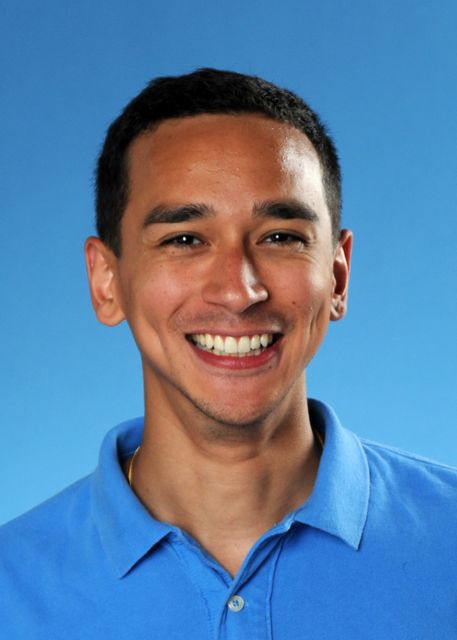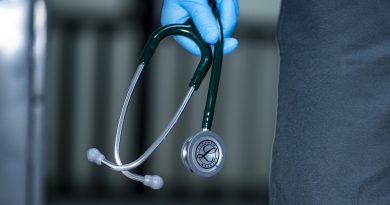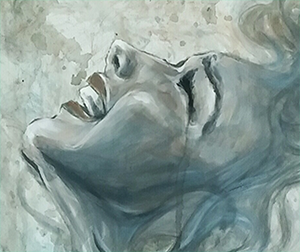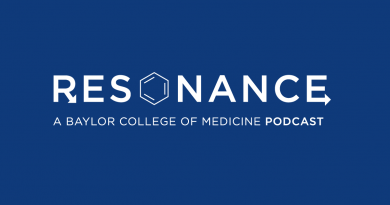Chinle, Arizona: Navajo Nation

During my second year as a medical student I set up my own away rotation in Chinle, Arizona. Upon leaving the great state of Texas, I didn’t know what I was going to experience in the little town of Chinle. My main concerns were whether or not the surgery staff would let me scrub in, if the Navajo medicine men would teach me their ways, and, quite laughably, if I would be exposed to tularemia by hiking the many picturesque canyons that surround Canyon de Chelly.
As I drove in on Route 64, I started to feel uneasy. Chain-linked fences lined the roads. Cows and stray dogs roamed outside of the fences. There were dust whirls and tumbleweeds, rusted cars with no wheels parked next to shacks. I was naïve to think there would be Navajo-style housing lining the roads. However, my spirits were lifted as I looked out the open car window, saw the amazing view of the sunset with the stars sprinkled throughout the sky, and caught a scent of rustic spices in the desert air.
The next morning, I was ready to work. The Indian Health Services administrators put me on the surgery team, for which there were only three attending physicians and no residents on staff. This meant that I got tons of hands-on experience doing surgical procedures, although there were not too many different types of procedures being done in a medical compound containing only 10 units of blood at any one time and no platelets.
On the days where there were few surgeries to do, I was allowed the opportunity to bounce around to different clinical specialties. There were army medics, native medicine men, and retired academia docs who all aided in my learning experience. Because of the vast array of practitioners, I found myself learning different ways to practice medicine.
I think everyone should take the opportunity to either go abroad or to a rural area to practice medicine. I found that as a medical student I got a lot more responsibility than I did in urban hospitals where there are more resources. This was a challenge that was frightening at times. Once, an E.R. attending sent me to see a patient because he was busy managing others. I ended up being the one holding pressure on the bleeding laceration, drawing up anesthetic, rolling the patient to the x-ray machine, reading the x-ray and suturing. As a student, I had to know the half-life of lidocaine, the area to inject for the best block, the right type of suture, and how to read the x-ray films to look for broken bones or residual debris in the patient’s hand.
I often felt unconfident in my decisions and drained from working to do the absolute best for my patients, but in the end I knew my experience in the little town of Chinle would make me a better physician.



